Summary
- Chinese martial arts films celebrate history with deep themes.
- Drunken Master blends humor and choreography for a unique style.
- House of Flying Daggers is a tragic masterpiece with thrilling wuxia action.
Over the years, the Chinese film industry has set itself apart when it comes to the martial arts genre. Garnering a sterling reputation for their impressive storytelling and jaw-dropping choreography, these films have frequently set new bars for martial arts cinema as a whole. These films have frequently celebrated China’s rich history of martial arts, and have showcased all manner of fighting styles.
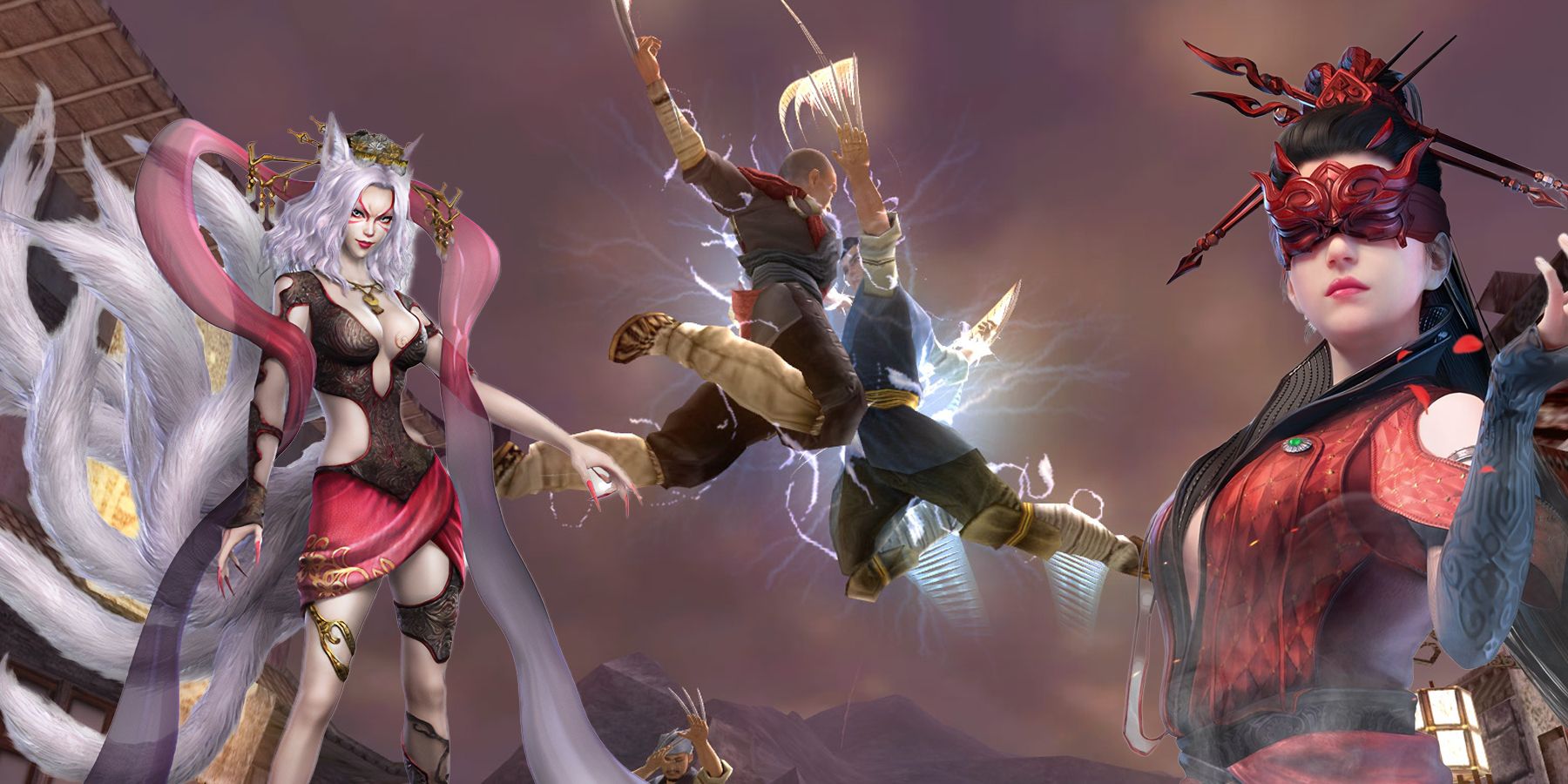
Related
Many games in the wuxia genre fly under the radar, but that doesn’t detract from their entertainment factor.
Some classics have even managed to mix philosophy into their action scenes, providing viewers with thoughtful, deep dives into themes such as self-discovery, honor, and discipline. Protagonists often exhibit great strength and tenacity, as viewers follow them through a life-changing journey of personal growth. With incredible cinematography and attention to detail, the Chinese martial arts genre continues to influence cinema worldwide today.
Updated March 13, 2025 by David Heath: Picking out which Chinese martial arts movies are the best is like trying to find the best-looking grains of sand on a beach. Chinese cinema is full of a wide variety of movies that utilize kung fu to one degree or another, and often in different ways. People who prefer more story-driven epics may prefer Crouching Tiger, Hidden Dragon, with its star-crossed romances and elegant, swooping wuxia action. Others may prefer something more raw and hard-hitting, like Bruce Lee’s classic films.
Then some might like Jackie Chan falling into trouble, Gordon Liu mastering the Shaolin arts, or Stephen Chow finding comedy in the genre’s tropes. It’s hard to compare them all to each other as they all go in different directions. So, think of the rankings in this update as more of a grade of recommendations, from must-see movies, to movies viewers should’ve seen already, as it’s received more Chinese martial arts classics.
10
Ip Man
Giving Wing Chun’s Most Famous Master His Time in the Sun
Chances are people have already checked out Ip Man and its many sequels and spin-offs, as the movie essentially turned the man into a cinematic folk hero, a la Wong Fei-Hung. The movie is based loosely on the real Wing Chun master, who would go on to teach the style to a young, pre-famous Bruce Lee. Before then, he lived in Foshan, where he proved to be the strongest martial artist in a city full of different kung fu schools. Then the Japanese Imperial Army came and turned things upside down.
Forced out of his home and made to work for his occupiers, he now seeks to avenge the fate of his former rivals by fighting back against the Japanese forces, and getting his family out to the relative safety of Hong Kong. Donnie Yen was already an icon of kung fu cinema when he took the role, but he plays it with aplomb, managing to seem like the strongest wing chun master ever, while being vulnerable enough in dire circumstances to garner sympathy in his struggle against General Miura’s karatekas.
9
Drunken Master
Jackie Chan Breaks Out the Booze in His Breakout Role
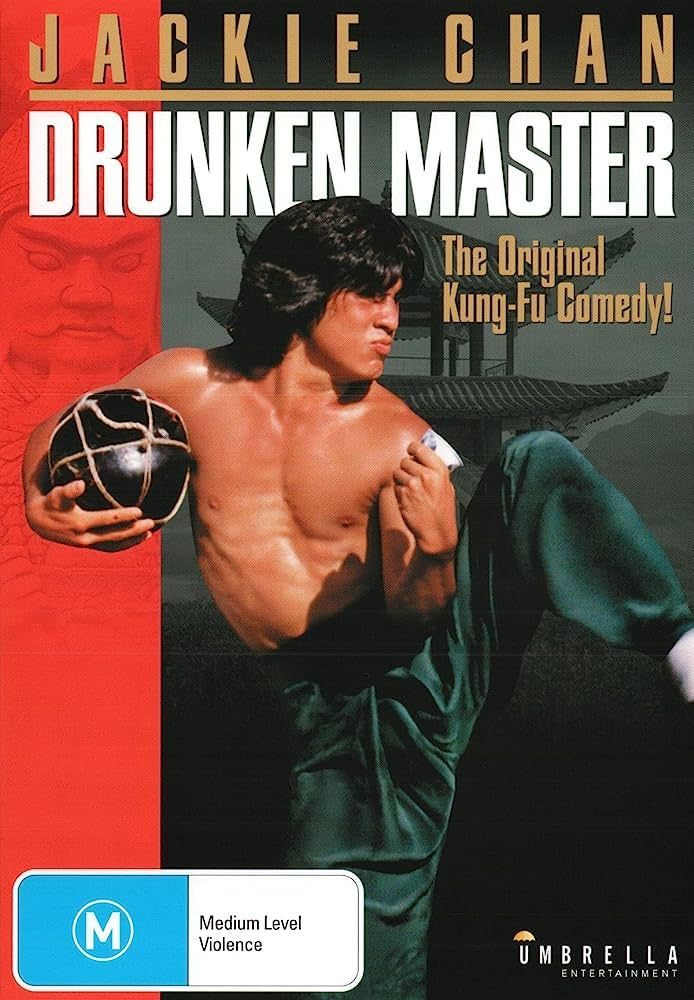
Drunken Master
- Release Date
-
October 5, 1978
- Runtime
-
110 Minutes
- Director
-
Yuen Woo-ping
After years of the genre being more well known for its dramatic tales of defiance and betrayal, Jackie Chan showcased his unique action-hero style to great acclaim by combining a tale of personal growth and heroism with comedy yuks. Between the physical humor and impressive martial arts choreography, Drunken Master quickly set itself apart from the crowd as a new breed of martial arts film.
Chan excels at playing Wong Fei-Hung, who, before he became a famous folk hero, was a cheeky martial artist who needed discipline hammered into him by Beggar So, a quirky drunk with brutal training methods. Despite a rough start, the pair’s dynamic proves to be surprisingly effective, until he’s able to take down the notorious killer Thunderfoot. Set during the Qing dynasty, the film captures a hopeful, good-humored spirit through its engaging, folklore-esque leads and fast-paced plot.
8
The 36th Chamber Of Shaolin
A Classic Look At A Shaolin Legend

The 36th Chamber of Shaolin
- Release Date
-
February 2, 1978
- Runtime
-
115 minutes
- Director
-
Lau Kar-leung
Many martial arts movies follow famous folk heroes, be they classics like Wong Fei-Hung or modern-day legends like Ip Man. For this seminal kung fu classic, it’s the famed Shaolin monk Liu Yu-De, aka San Te, who gets the action hero treatment. Set during the Qing dynasty era, The 36th Chamber of Shaolin revolves around martial artists taking brutal revenge on the Manchu authorities, headed by the cruel General Tien Ta, for destroying their school.
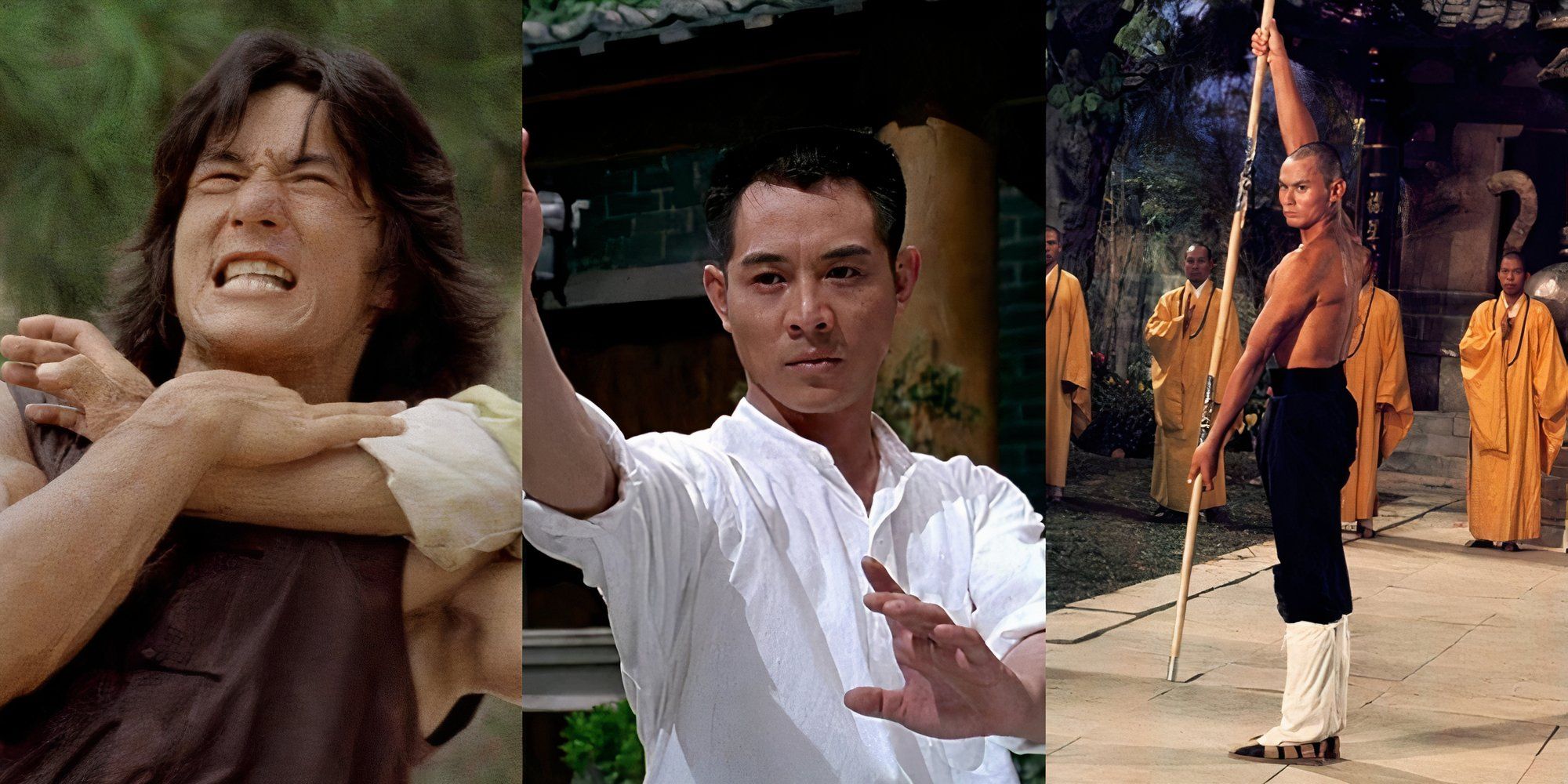
Related
10 Most Iconic Martial Arts Actors, Ranked
Some truly remarkable martial arts actors have come and gone over the years; these are the most iconic of the bunch.
Drawn by their struggle, San Te (Gordon Liu) endures the grueling training required to become a Shaolin kung fu master, so he too can help them get their revenge and free their people. To attain his goal, he must complete the 35 chambers of Shaolin training, which involves mastering a range of difficult physical techniques, weapons training, and knowledge of Buddhist philosophy. San Te’s story here has set itself apart as a classic of the genre, earning praise for its plot, combat sequences, and thoughtful study of Shaolin training principles.
7
Kung Fu Hustle
Stephen Chow’s Funny Love Letter to the Genre

Kung Fu Hustle
- Release Date
-
February 10, 2004
- Runtime
-
99 Minutes
- Director
-
Stephen Chow
Before he became a global name, Stephen Chow became popular in China for his comedies, which poked fun at genre tropes in cinema, be it the wacky teams in Shaolin Soccer, or his Bond parody From Beijing with Love. Though some also saw his work as being rather lowbrow, like he was a Chinese Adam Sandler of sorts. But for the rest of the world, when they saw Kung Fu Hustle, they saw something special. After years of serious wuxia dramas and heroes righting wrongs, the movie offered something goofy for a change.
On paper, the story of two hoodlums trying to join a group of gangsters, only to fight against them to protect the slums, sounds like a straightforward kung fu plot. In execution, it becomes a mix of satirical swipes, Looney Toons-esque stunts, and a library list of references to that are used for comic effect, or as affectionate homages. Viewers don’t even have to be kung fu cinema buffs to get them, as for each reference to Bruce Lee or The Return of the Condor Heroes, there are broader ones to The Godfather, Spider-Man, and The Matrix Reloaded (of all films).
6
House Of Flying Daggers
An Intense, Unexpectedly Tragic Look At Rebellion And Deception
Set during the closing years of the Tang Dynasty, House of Flying Daggers focuses on the titular group of rebels. Pulling a Robin Hood, the House supports those in need by robbing the rich and corrupt and giving back to the poor and oppressed. From there, the film follows two law enforcers, Leo and Jin, who are given 10 days to infiltrate the House of Flying Daggers undercover, and kill their anonymous leader.
The result is a dramatic, thoughtful action flick that encompasses a variety of themes, including identity, romance, and betrayal, as Jin falls for Mei, the blind daughter of one of the rebels, and Leo turns out to have his own secrets that get exposed over time. With elements of tragedy in its twist-filled plot, House of Flying Daggers is a rewarding, emotional effort with plenty of wuxia action to satisfy genre fans.
5
Crouching Tiger, Hidden Dragon
A Modern Classic That Ignited International Interest In Wuxia

Crouching Tiger, Hidden Dragon
- Release Date
-
December 8, 2000
- Runtime
-
120 Minutes
- Director
-
Ang Lee
Ang Lee’s widely praised martial arts epic, Crouching Tiger, Hidden Dragon, won a broad range of awards after its release, including 4 Academy Awards, 4 BAFTAs, and 2 Golden Globes, among others. Based on a classic novel, this wuxia-themed flick saw Chow Yun-fat take on the lead role of Li Mu Bai, a swordsman from the Wudang school. He aims to retire from the world of swordsmanship, and pass on his legendary weapon, the Green Destiny sword, to his benefactor, Sir Te.

Related
The 8 Best Wuxia Movies, Ranked
Wuxia movies can be serious, funny, down-to-earth, or otherwise, so long as they uphold justice by dealing with oppressors and other never-do-wells.
But it ends up being stolen by a mysterious thief in the employ of Jade Fox, the woman who killed Mu Bai’s teacher. On top of its beautiful action shots and choreography, its story offered some compelling character arcs, as Mu Bai and the warrior Shu Lien are caught between their feelings for each other and their duty to Lien’s late husband. While the thief, Jen, seeks a life of adventure and love with the bandit Lo over her arranged marriage to a rich suitor. With romance, honor, identity, and revenge on the line, it’s little wonder it became a hit.
4
Wheels On Meals
The Three Brothers At Their Best
- Release Date: August 18th, 1984
- Director: Sammo Hung
- Language: Cantonese
Jackie Chan, Sammo Hung, and Yuen Biao were already stars in their own right, with movies like Drunken Master, Magnificent Butcher, and Zu: Warriors from the Mystic Mountain under their belts. But when they joined forces as the Three Dragons, they produced some bona fide classics, like Project A, My Lucky Stars, and best of the bunch, Wheels on Meals. Where fast food van owners Thomas (Chan) and David (Biao) have to help their bumbling detective friend Moby (Hung) protect a woman from her evil brother Mondale.
The movie shows the Three Dragons at their best, blending comic timing and slapstick comedy with some amazing stunts and intricate choreography. Its big finale fight between Chan and kickboxer Benny ‘the Jet’ Urquidez is considered one of the best fight scenes in the genre, though its car chases and automobile stunts aren’t to be sniffed at either. While the meat of its plot is pretty lean, it offers a lot for kung fu and action movie fans to sink their teeth into.
3
Enter The Dragon
How Bruce Lee Introduced Kung Fu to Hollywood

Enter the Dragon
- Release Date
-
August 19, 1973
- Runtime
-
102 Minutes
- Director
-
Robert Clouse
When Bruce Lee’s Hong Kong films managed to gain fame beyond Asia, Hollywood couldn’t help but be interested. So, in a joint venture between Warner Bros., Sequoia Pictures, Bruce Lee’s company Concord Production Inc and Golden Harvest, they produced the iconic Enter the Dragon. The movie blends a variety of genres and plot elements to create an eclectic piece of action cinema.
Bruce Lee plays the appropriately named Lee, a martial artist called in to help British intelligence investigate Han, a crime lord suspected of manufacturing drugs on his island, by entering his martial arts tournament. It essentially became the first modern action movie, as its mix of spy drama and kung fu fights paved the way for the likes of Jackie Chan and Jet Li to become stars, and for Bruce Lee to become a legend. The only downside is that it would prove to be his final, completed picture, as he died 6 days before its release in Hong Kong.
2
The Chinese Connection
Striking Back at Oppression with a Fist of Fury
To explain the little title mish-mash above, The Chinese Connection was originally meant to be the US title for Bruce Lee’s first big picture, The Big Boss, while Fist of Fury would get pluralized to Fists of Fury. But a snafu with the distributors saw the titles get switched around. So, the movie about Bruce Lee fighting against his corrupt bosses in Thailand (The Big Boss) became Fists of Fury. While the one about him avenging his deceased master against his killers, and Japanese and Western oppression (Fist of Fury) became The Chinese Connection.

Related
6 Anime Characters Inspired by Bruce Lee
These anime characters have drawn quite a lot of inspiration from Bruce Lee.
Be it by one name or the other, it’s arguably Bruce Lee’s best, as it saw him broaden his fight choreography, offering more varied and physical encounters than in The Big Boss. Its story also clicked with Chinese viewers, as Lee’s grief-stricken Chen Zhen wasn’t just avenging his master, but showing China wasn’t the “Sick Man of Asia” as its Japanese villains show, but a force to be reckoned with. Ironically, the movie was basically Ip Man before Ip Man.
1
Once Upon A Time In China
How Jet Li Brought Kung Fu Back into Style in the 1990s
Crouching Tiger, Hidden Dragon became an international award winner and got a lot of people into wuxia movies. But by the time it came out, Chinese cinema had already gone through a decade-long craze for period-era kung fu flicks, and the movie that kicked off this trend was Once Upon a Time in China (aka Enter the New Game of Death). It put Jet Li in the role of Wong Fei-Hung, as he joins forces with a local militia in Foshan to protect the city from its British, French and American occupiers.
The movie essentially reinvented Wong Fei-Hung for a new generation of film fans, who came to associate the character with Li’s calm and collected monk over his other portrayals. On top of its stylish fights, its story also offers food for thought, as Fei-Hung contends with the new, Westernized values of his ‘aunt’ Yee Siu-Kwan as well. Though it’s more nuanced than Ip Man and The Chinese Connection, as while the occupation is bad, Hung must also contend with Foshan’s homegrown Shaho Gang, who are eager to sell out their own to earn a buck.
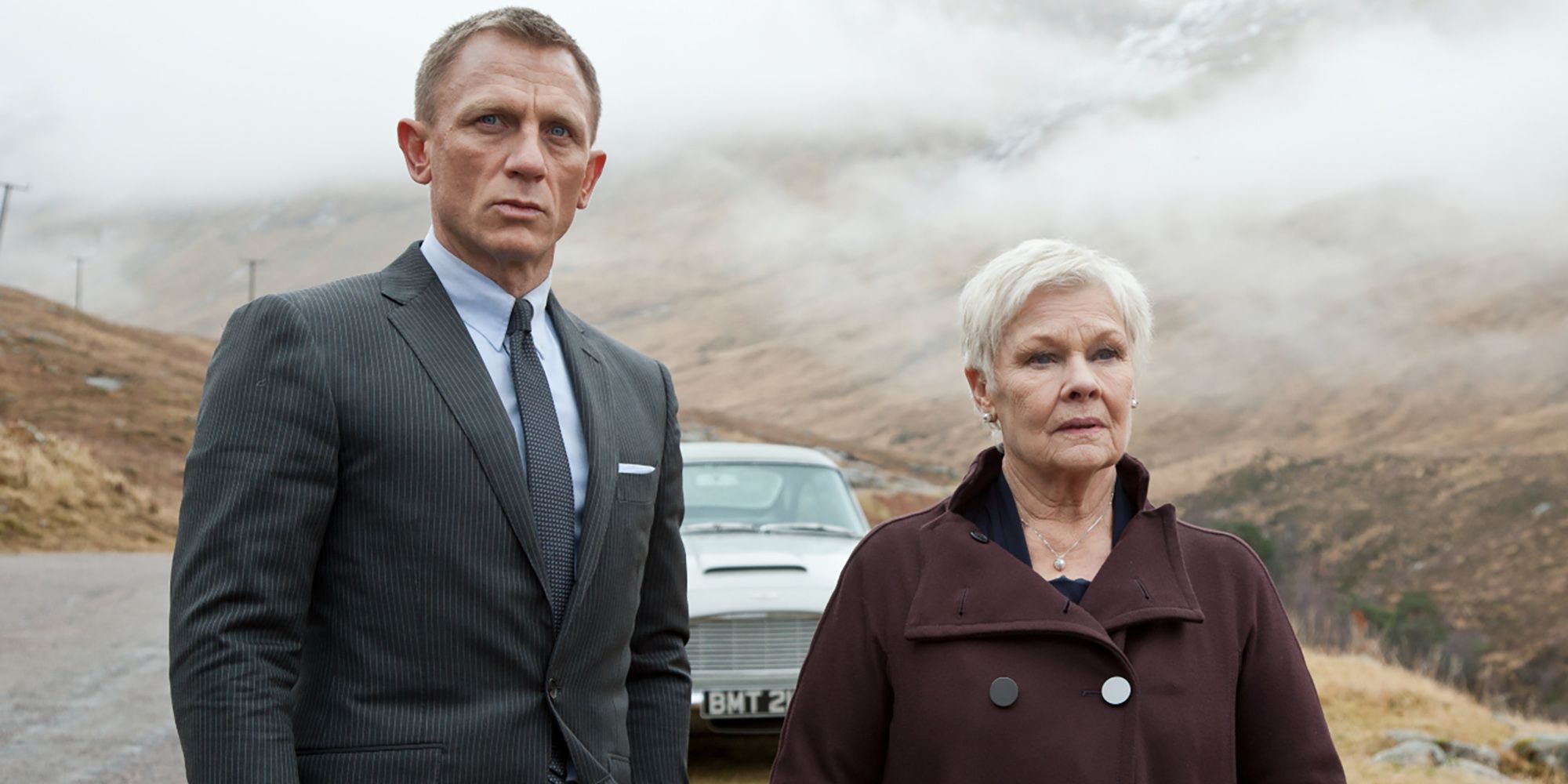
More
5 Best Action Movie Franchises, Ranked
Modern action movies are better than ever, and there are a handful of iconic action franchise that shaped the genre into what it is today.












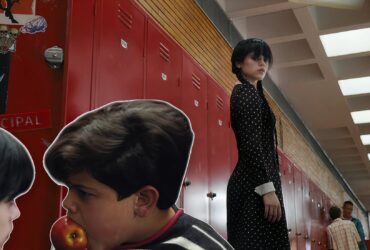


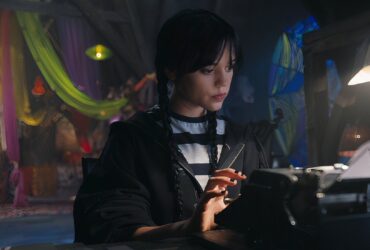


Leave a Reply